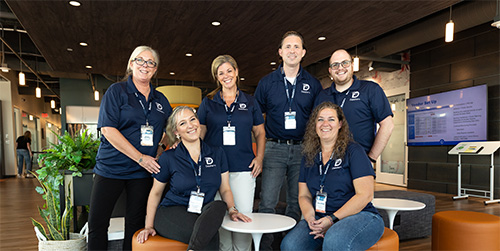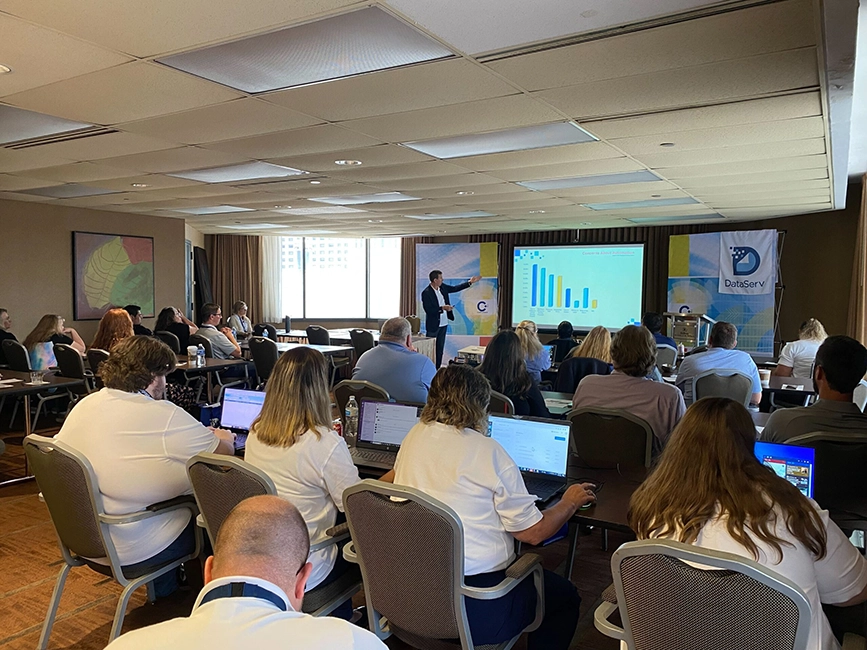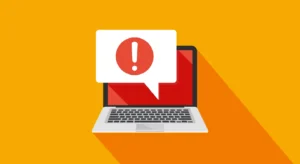Every AP automation solution provider seems to want to solve all your problems—that’s why they exist. But what happens when a software company decides to solve those problems by “bolting on” another company’s software product rather than developing the necessary capabilities as part of its core product?
Too Many Applications, Too Little Integration
Technology has become a standard in day-to-day business tasks; chances are, you’re accessing several applications at any given time just to complete your work. A study performed by Salesforce Research found that many organizations use over 1,000 applications, but around 70 percent of them still cannot communicate with one another. That lack of communication across applications ends up creating bottlenecks and data silos that lead to rising costs, duplicated work, and a disconnected experience.
In accounts payable, you most likely experience dysfunctional integration in situations like:
- Multiple core ERP systems or ERP combined with department applications, cloud services, and on-site databases
- Holes or limitations in data flows requiring manual steps and temporary reconciliation
- Lost folders on servers hosting outdated data spreadsheets
These dysfunctions can create a lack of cohesion, hinder visibility, and present data quality issues, among other potential problems. A lack of application integration can also leave “dirty data” across multiple ERP systems as they create duplicate records, follow incorrect data formats, or refer to outdated data.
Some software companies have resorted to offering what is referred to as the “Frankenstein” stack to avoid requiring teams to perform manual re-entry and attempt a more strategic approach.
What is the “Frankenstein” Stack?
The “Frankenstein” technology stack is when an organization uses several technologies that are usually incompatible and/or outdated to run its business, turning it into its own reconstructed monster.
This isn’t just happening when the organization selects multiple applications; some AP software companies have resorted to this tactic and attempted to sell it as one cohesive solution. Usually, this is done by purchasing another company or products developed by other companies. But how does this mesh with the years spent building their product to provide certain functions or solve specific problems?
The company made many decisions during those years about platform, methodology, interface, and more, and now they’ve added another product with different functions and problem-solving capabilities. Together, the old and new solve a wide range of interrelated problems that, when combined, should create the perfect software, right?
Unfortunately, that is not usually how the story goes.
The Pitfalls Of Using a “Frankenstein” Software Solution
Running processes using a “Frankenstein” software solution can negatively impact your organization’s performance and efficiency. The company may “integrate” other software into its user interface. Still, you will most often find some of the functionality you were promised (or even shown during a demo) is performed by another piece of software altogether. Depending on how the products are integrated, you may not initially be aware the solutions you are paying for were not originally part of the same architecture. It’s worth asking before you buy because a few problems are inherent to the standard approach of “bolting on” third-party applications.
Attempting to function with a pieced-together solution can result in increased costs, reduced data quality, higher security risks, limited scalability and flexibility, and potentially hurt vendor relationships due to poor data and information handling.
What to Watch For: “Frankenstein” Solution Red Flags
Without paying close attention to key information points during the selection process, you may miss some red flags pointing to a possibly piecemeal solution. Here are some of the things to look for before signing the dotted line:
Increased Total Cost of Ownership
Watch for increased time and money costs in the customization and initialization phase, as this may indicate that you’ll be customizing and launching two, three, or even more different products.
Limitations on Expansion & New Feature Integration
The configurations available to you are limited, or you must log in to multiple products to manage all of your documents. This is inherently caused by the fact that these products are forced to work together. For many organizations, this means spending millions of dollars to be still left without a single process.
Maintenance Overhead
The product requires high maintenance fees. You’re most likely paying for upgrades on multiple products, even if they’re rolled into one convenient maintenance fee. Upgrades are simply a cost of doing business and not ROI-generating investments, which is one of the reasons a SaaS application is so cost-effective – there is no software for you to upgrade.
Dealing with Fragmented Support Structures
The team may lack knowledge surrounding accounting or AP best practices. Once a company purchases another software, vendors will find it is not cost-effective to keep all employees from the purchased company, causing a decrease in the product-specific knowledge base. New developers may know the platform, but they won’t know the specific software application and how to best apply it for your needs.
Benefits of Choosing a Single, AI-Based Automation Solution
Thankfully, there is another way. With the right AP automation solution, like what we offer at DataServ, you can get everything you need in one software, creating a seamless workflow across platforms.
With DataServ, your investment will remain with one process capable of handling all documents, regardless of format. Investing in a single solution ensures you have access to the knowledge, advice, expertise, and experience you need to make the most of your AP automation. All of your invoices from any source are routed to one location, where a highly educated artificial intelligence (AI) system captures, transforms, and normalizes the data into a single stream of digital data. Staff knowledgeable in accounting processes perform a 5-step QA process to ensure you receive data that is over 99% accurate – guaranteed.
Working with our SaaS application is cost-effective as there is no software you need to upgrade. If you have an existing ERP, the DataServ software effectively integrates with most platforms, and can replace your manual AP matching using a standardized, validated digital data stream with sophisticated invoice processing rules and tolerances.
The best part? This can be implemented quickly through the initialization phase, opening the door to further customizations later on while still using the same solution.
Choose Wisely: Choose DataServ for AP Automation
Regardless of which vendor you are considering partnering with for AP Automation software, part of your due diligence as you navigate the decision-making process is to learn the genesis of all the capabilities you see in the demo.
Is the solution you are considering a cohesive architecture or something that has been “Frankensteined” together to meet an immediate market need? Will it allow you to manage all your documents in a single system? Will it give you truly touchless invoice processing? You are investing far too much to risk any part of the solution you are paying for to be ineffective or unavailable now or at any time in the future.
Contact DataServ today to ensure you have a single automation solution to handle the repetitive, day-to-day accounts payable tasks.





























